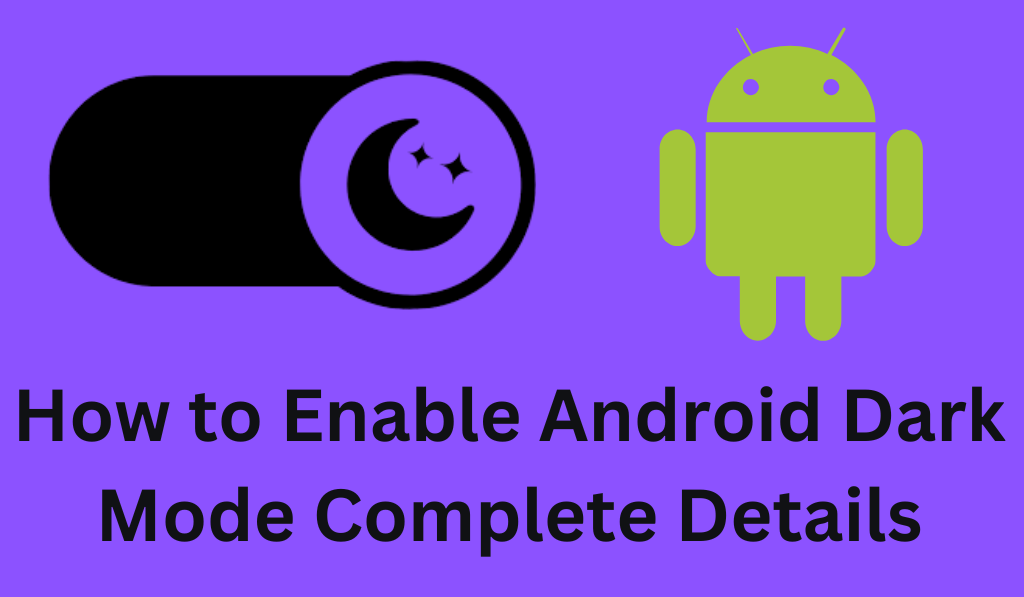In this guide, we will take you through a step-by-step process of how to enable Android dark mode, and we will also look at why this feature is so popular with users. We will also cover what exactly you get out of it, like better battery performance, relief from eye strain, and improved user experience.
Read More: How to Get Instagram Dark Mode
- In devices that have OLED or AMOLED screens, dark mode is a benefit for battery life because these types of screens use less power when displaying darker colors. In dark areas of the screen, pixels are turned off or require less power, which results in longer battery life.
Read More: How to Use Dark Mode in MacOS Mojave
Read More: How to Enable YouTube Dark Mode in Android Without Root
Read More: How to Enable Dark Mode In Outlook.com
Read More: How to Enable Dark Mode for Gmail
Was this article helpful?
YesNo
Leave a Reply